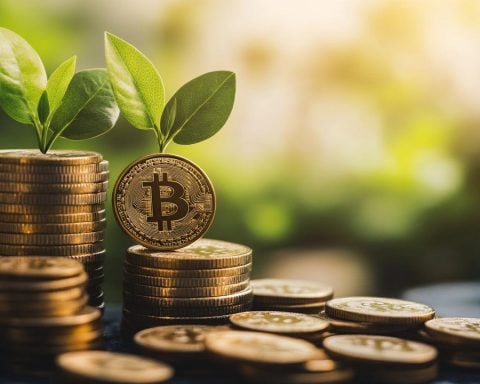Bitcoin mining is a fascinating process that plays a crucial role in the operation and security of the Bitcoin network. At its core, mining involves the use of specialized computers to solve highly complex mathematical puzzles. These puzzles are not just for sport; they validate transactions and ensure the security of the blockchain, which is the underlying technology behind Bitcoin.
Miners use machines called ASICs (Application-Specific Integrated Circuits) that are designed specifically for mining Bitcoin. These machines work tirelessly, processing transactions and arranging them into blocks. A successful miner, one who solves the puzzle first, is rewarded with a freshly minted Bitcoin.
This process is known as the Proof of Work consensus mechanism. It’s competitive and energy-intensive, as it involves countless calculations with no guaranteed reward. Yet, it’s also what gives Bitcoin its value by securing the network against fraud and double-spending.
Bitcoin mining also dictates the pace of Bitcoin’s supply. Approximately every four years, the reward for mining new blocks is halved, a process known as the halving. This ensures a finite supply of 21 million Bitcoins, expected to be fully mined by around the year 2140.
Understanding Bitcoin mining is crucial for anyone interested in cryptocurrency. It highlights the technological and economic factors that make Bitcoin unique and provides a glimpse into the decentralized future that many envision.
The Hidden Costs and Unexpected Benefits of Bitcoin Mining
While Bitcoin mining is essential for validating transactions and securing the cryptocurrency’s network, the process has significant implications for individuals, communities, and countries. One overlooked aspect is the energy consumption involved. Bitcoin mining operations are often based in regions with low electricity costs, but this can lead to environmental concerns. How does mining affect local communities and countries? Is there a sustainable path forward?
The environmental impact of Bitcoin mining has sparked controversies across the globe. Critics point out its enormous carbon footprint, as miners consume vast amounts of electricity, often relying on fossil fuels. This poses serious questions for regions struggling with energy shortages and environmental policies. For example, countries like China, once a hub for Bitcoin mining, have cracked down on such operations due to environmental pressures.
Conversely, Bitcoin mining can offer unexpected benefits. In colder regions, the heat generated by mining hardware is repurposed for heating homes and industries, showcasing a creative use of excess energy. This adaptability presents an opportunity for communities to harness the heat as an alternative energy source, potentially transforming mining from an environmental burden to a community asset.
So, is Bitcoin mining worth it? On one hand, it supports the decentralized nature of cryptocurrencies, providing financial freedom and security. On the other, its environmental impacts cannot be ignored. Finding a balance between technological progress and ecological sustainability is crucial for future developments.
Explore further insights on Bitcoin and its mining impact on communities at CoinDesk and Cointelegraph.
















